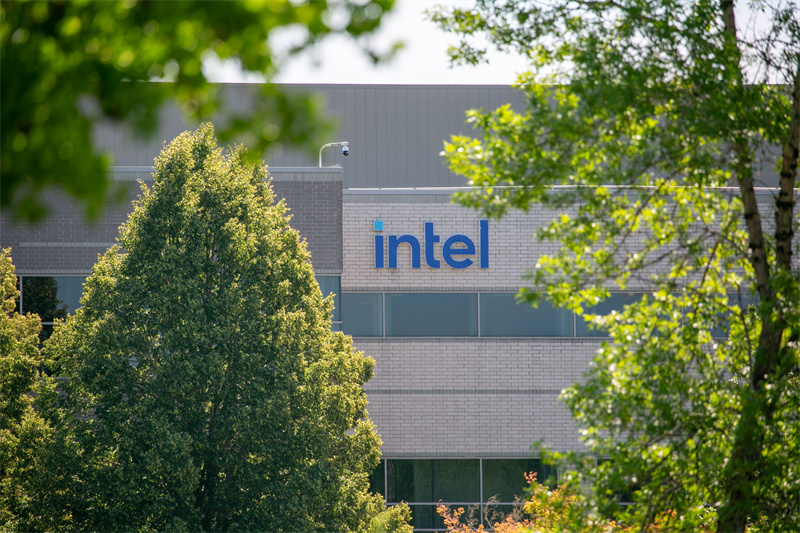Intel has begun a major round of global layoffs expected to affect thousands of employees, marking one of its largest workforce reductions in years. The cuts span multiple regions and departments, with the company aiming to streamline operations, reduce costs, and regain competitiveness in a challenging semiconductor market.
The layoffs began the week of July 7, with Intel confirming job reductions at several U.S. sites, including 529 positions in Oregon, 271 in California, and 172 in Arizona. Oregon, Intel's largest global site with 20,000 employees, will see cuts across engineering, software, and management roles. The Jones Farm campus in Hillsboro alone will lose 450 staff, including 104 managers and seven vice presidents.
In Israel, Intel has also notified employees of pending job cuts at its Kiryat Gat facility (Fab 28), a factory that had previously been shielded from layoffs due to substantial government support. Israeli media report the site—home to around 4,000 of Intel's 9,300 local staff—could face hundreds of job losses, with the company citing outdated technologies as a concern and even considering potential closure.
While Intel has not disclosed a total layoff figure, internal sources indicate the company may cut 15% to 20% of its Intel Foundry business unit, potentially impacting 8,000 to 10,000 workers. The foundry group, which includes manufacturing technicians and engineers, is one of Intel's largest divisions and a focus of its restructuring effort.

Employees affected by the layoffs are being offered severance packages that include 60 days' notice, additional pay based on tenure, and extended healthcare benefits. However, unvested stock options will not be included.
CEO Pat Gelsinger has emphasized that the reorganization is critical to increasing efficiency, empowering engineers, and speeding up decision-making. In recent internal memos, he noted that Intel must eliminate management layers, outsource non-core functions, and reduce capital expenditures to stay competitive.
Intel is also discontinuing its automotive technology business and plans to outsource marketing operations to consulting firm Accenture, which will leverage AI tools for campaign execution.
The layoffs come as Intel faces mounting challenges. The chipmaker has lost technological leadership in core areas such as CPU design and AI chips to rivals like AMD, Nvidia, and Taiwan's TSMC. Its efforts to launch the Intel Foundry business and promote its 18A process technology have seen limited traction so far.
In 2024, Intel posted $54 billion in revenue—down one-third from its 2021 peak—and reported a net loss of $19 billion. The company previously cut 15,000 jobs in 2023.
The job cuts may also impact Intel's ability to meet commitments tied to state and federal subsidies. The company received $7.9 billion in CHIPS Act funding under the Biden administration for U.S. factory expansion, though the Trump administration is now reviewing the program. Intel also faces obligations to create 2,500 jobs and generate over $140 million in tax revenue in Oregon by 2029 to retain $115 million in state grants.
Despite the upheaval, Intel's stock rose 7.2% to $23.59 on the day the layoffs began, signaling investor support for the cost-cutting measures.
State economist Carl Riccadonna summarized the sentiment: "This is obviously not good news for Oregon's workforce—but if these cuts are what it takes to turn the company around, there may be a silver lining."
+86 191 9627 2716
+86 181 7379 0595
8:30 a.m. to 5:30 p.m., Monday to Friday
